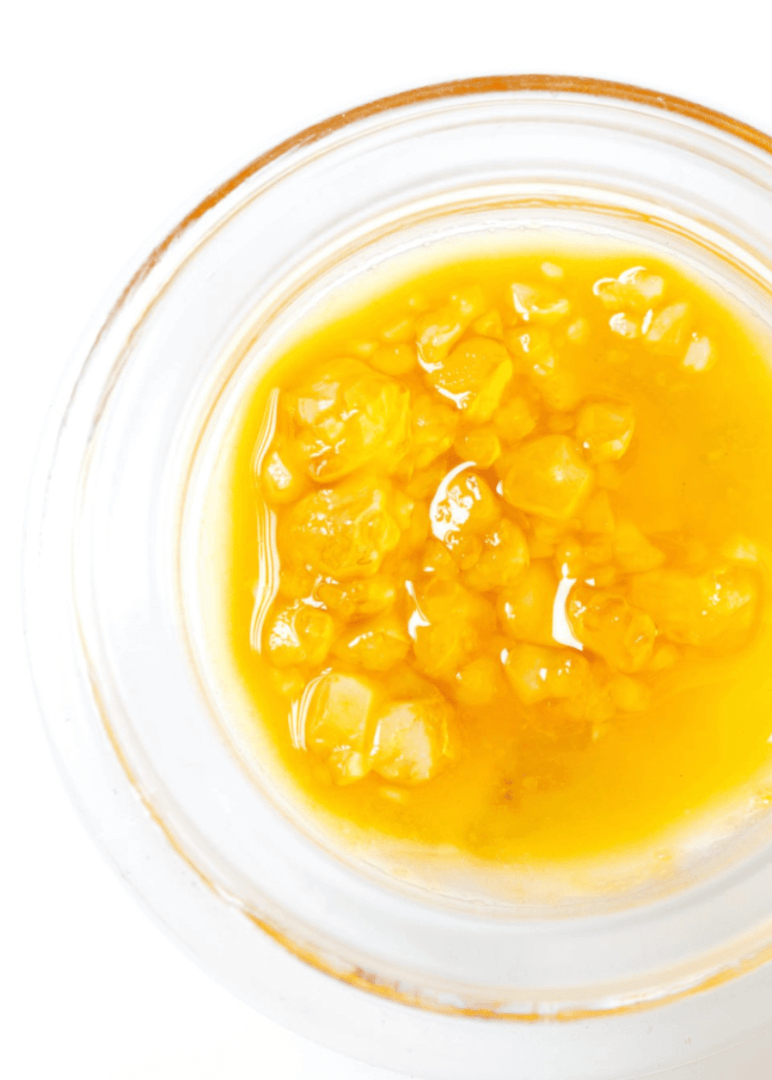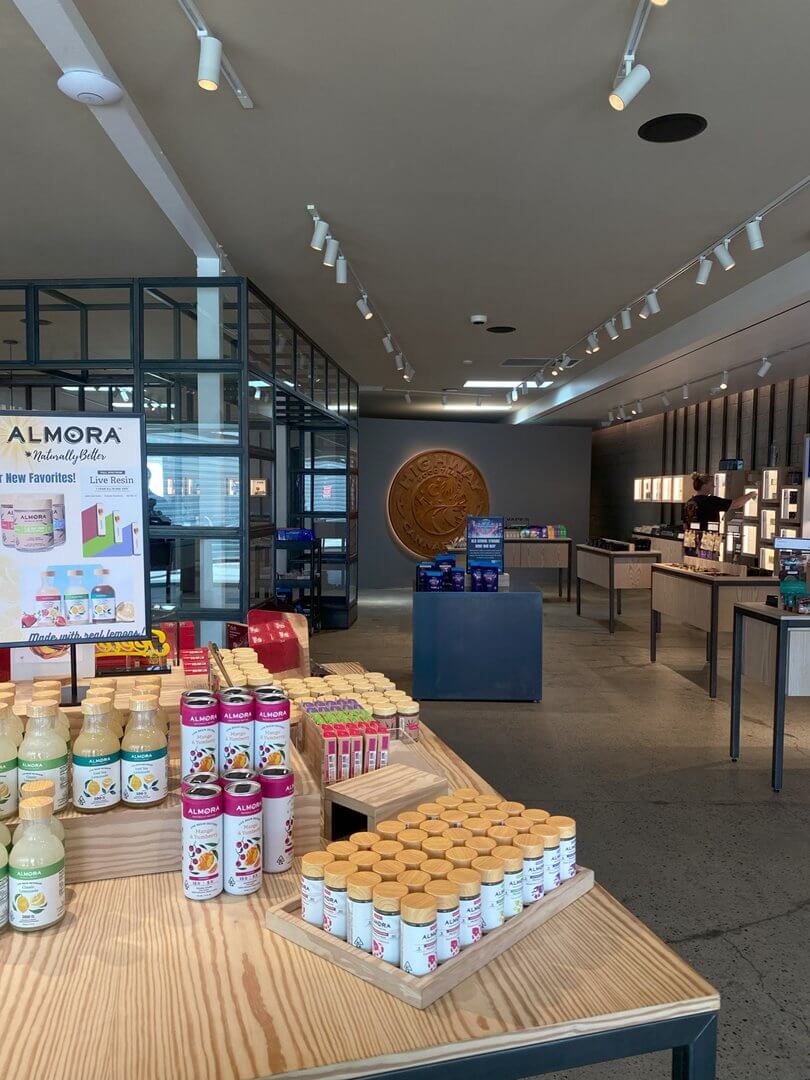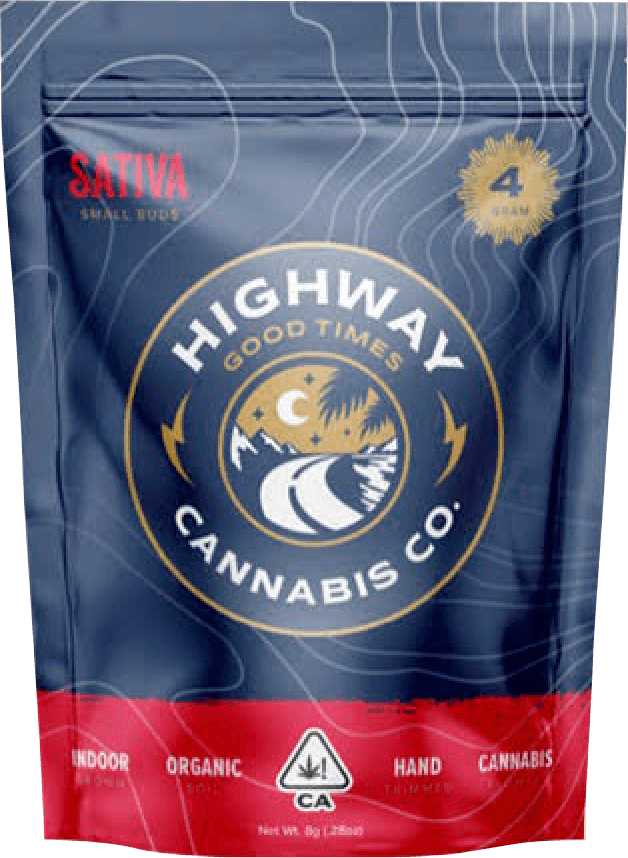Best Weed Extracts in Marina Del Rey at Highway Cannabis
Highway Cannabis is your trusted destination for premium cannabis concentrates. Whether you’re a seasoned dabber or exploring the world of weed extracts for the first time, we have a curated selection of high-quality concentrates on our menu for you.
From flavorful live resin to solventless live rosin, our cannabis concentrates in Marina del Rey provide potent effects and rich terpene profiles that deliver exceptional quality with every dab.

What Are Cannabis Concentrates?
Cannabis concentrates, or weed extracts, are derived from the cannabis plant. They’re crafted to isolate cannabinoids, terpenes, and other beneficial compounds, offering a cleaner and more concentrated form of cannabis compared to flower. At Highway Cannabis, our menu features a variety of cannabis concentrates in Marina Del Rey, including live resin and live rosin. Our extracts are celebrated for their purity, potency, and true-to-plant flavors.
- Live Resin: Known for its robust terpene profiles, live resin is made by flash-freezing freshly harvested cannabis before extraction. This process captures the plant’s natural flavors and aromas, making live resin a favorite among cannabis connoisseurs.
- Live Rosin: A solventless concentrate, live rosin is extracted using heat and pressure rather than solvents like butane or CO2. The result is a clean, flavorful product that highlights the plant’s natural essence.

Premium Weed Extracts in Marina Del Rey
At Highway Cannabis, we partner with California’s most trusted brands to bring you the best weed extracts in Marina Del Rey. Our concentrates menu includes products from industry leaders, so you always get top-quality, state-of-the-art options like:
- Raw Garden: Known for their high-quality live resin, Raw Garden offers a variety of terpene-rich extracts crafted from sustainably grown cannabis.
- Stiiizy: Famous for innovation, Stiiizy provides potent and flavorful live resin and live rosin extracts that cater to a variety of preferences.
- Nasha: Specializing in hash and solventless concentrates, Nasha delivers artisanal cannabis extracts that are both powerful and flavorful.
- CLSICS: A pioneer in solventless extraction, CLSICS produces top-tier live rosin with bold terpene profiles and unmatched purity.

Why People Love Cannabis Concentrates
Cannabis concentrates are an excellent choice if you’re seeking a more potent and efficient way to consume cannabis. They deliver stronger effects in smaller doses, and are ideal for both recreational and medicinal use. Plus, concentrates preserve the plant’s natural terpene profiles, offering a flavorful and aromatic experience that’s true to the plant’s expression.
When you shop for cannabis concentrates in Marina Del Rey at Highway Cannabis, you’ll find products designed for:
- Peak Flavor: Live resin and live rosin highlight the full spectrum of the plant’s natural flavors, making them perfect for those who value a terpene-rich experience.
- High Potency: With significantly higher THC content than traditional flower, concentrates deliver stronger effects in smaller amounts.
- Versatile Consumption: Concentrates can be dabbed, vaped, or even added to flower for an enhanced smoking experience.

How to Use Weed Extracts
Using weed extracts in Marina Del Rey is easy and enjoyable when you have the right tools. For dabbing, you’ll need a dab rig or an electronic vaporizer designed for concentrates. If you prefer a more discreet method, many of our live resin and live rosin extracts are compatible with portable vape pens.
If you’re new to concentrates, start with a very small amount—often called a “dab”—and gradually increase as you become familiar with the effects. Our team is happy to answer any questions and recommend products or accessories to enhance your experience. We have the tools and expertise you need at Highway Cannabis!

Shop Cannabis Concentrates at Highway Cannabis
Highway Cannabis is proud to offer a diverse selection of cannabis concentrates in Marina Del Rey, ensuring you always find the right product to match your preferences. Whether you’re drawn to the terpene-packed profiles of live resin, the purity of live rosin, or innovative options from brands like Raw Garden and CLSICS, we have something for everyone.
Browse our online menu for pickup to experience the best weed extracts in Marina Del Rey!











